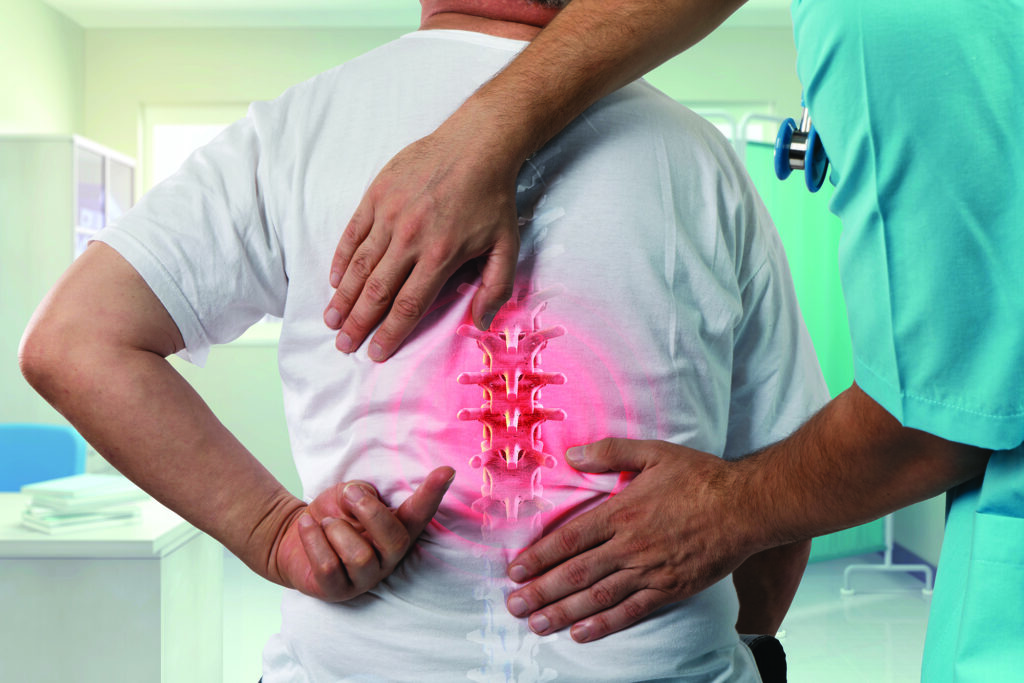| A 28-year-old female patient has a unilateral cervical facet dislocation following a skiing accident. She has ipsilateral 4/5 weakness of wrist extension and mild numbness and tingling in her thumb. She has no other injuries and is alert, awake, and cooperative. Which of the following is the best treatment strategy? |
-
- Open reduction and operative stabilization using a posterior approach followed by magnetic resonance imaging to assess post-op reduction Posterior approach is acceptable. It can be the preferred approach, in the setting of locked facets, which cannot be reduced by closed means. This answer and the others which include MRI after surgery, are wrong for the MRI requirement after surgery, not for the surgical approach used.
- Awake closed reduction followed by magnetic resonance imaging to determine the status of her intervertebral discs followed by operative stabilization
A patient with a cervical facet dislocation who is awake, alert, and cooperative should undergo immediate closed reduction. Closed reduction before MRI is appropriate in this scenario because the patient can reliably provide an interval history and exam as weights are being added to achieve reduction. After closed reduction, an MRI should be obtained to evaluate the intervertebral disc for surgical planning. Both anterior or posterior approaches are appropriate in a patient without a disc herniation. If the MRI shows a disrupted disc, the patient will need to undergo an anterior cervical discectomy fusion, with or without posterior stabilization.
- Open reduction and operative stabilization using anterior and posterior approaches followed by magnetic resonance imaging to assess postoperative reduction
Cervical dislocations (unilateral and bilateral) are unstable injuries and there is broad consensus that they require surgical stabilization following reduction. However, there is evidence to support good outcomes with any approach (anterior, posterior, anterior/posterior). None has been shown to be superior, although an anterior approach is needed in the case of large disc herniation. There is no role for routine MRI after uncomplicated surgery.
- Open reduction and operative stabilization using an anterior approach followed by magnetic resonance imaging to assess postoperative reduction
In an awake and alert patient closed reduction should be trialed first, especially in the setting of an incomplete neurological injury. If the patient is obtunded, then an MRI should be obtained first. There is no demonstrated role for routine MRI after performing an operative fixation. Both anterior or posterior approaches are appropriate in a patient without a disc herniation. If the MRI shows a disrupted disc, the patient will need to undergo an anterior cervical discectomy fusion, with or without posterior stabilization.
